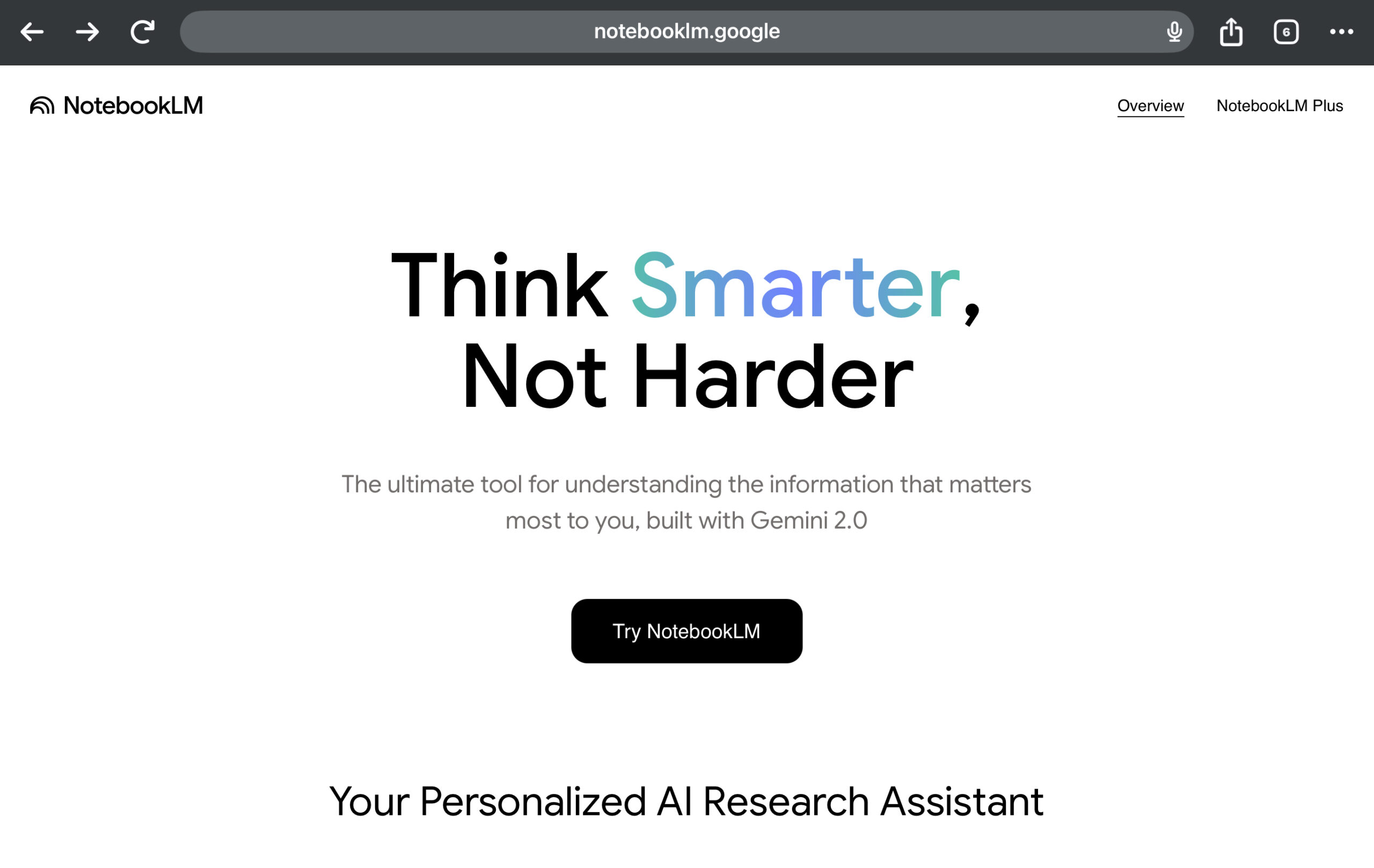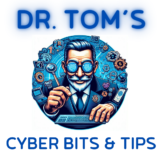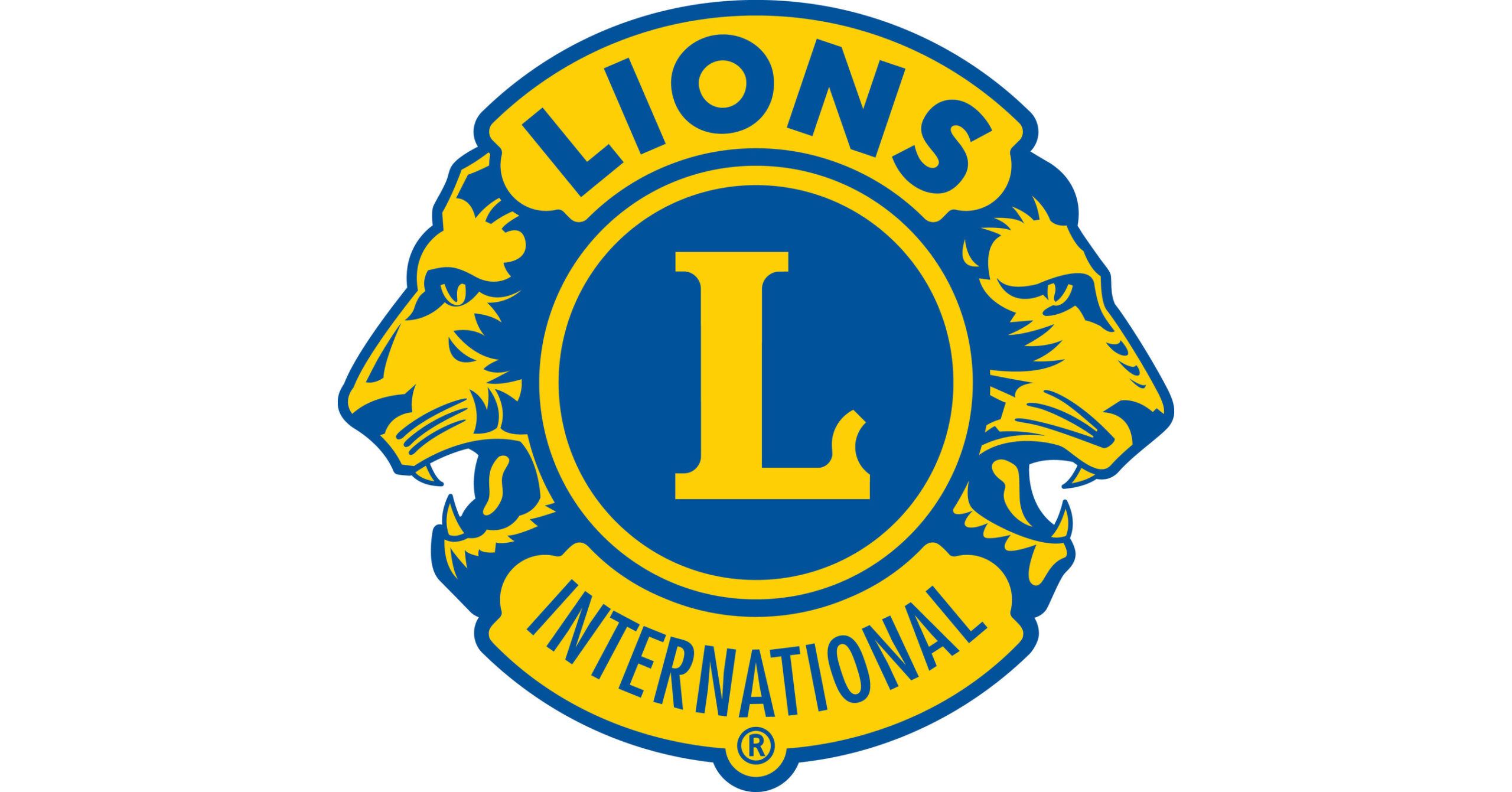Google has introduced NotebookLM, an innovative AI-powered tool designed to revolutionize how users interact with and synthesize information from documents. Initially launched as Project Tailwind, NotebookLM leverages advanced language models to understand, summarize, and generate insights from uploaded documents, offering a powerful boost to research, writing, and learning workflows.
What is NotebookLM?
At its core, NotebookLM is an AI notebook that goes beyond simple note-taking. Users upload their documents – which can include PDFs, text files, Google Docs, and even YouTube video transcripts – and NotebookLM processes them to understand the key themes, arguments, and data. It then acts as an intelligent research assistant, capable of answering questions based on the uploaded sources, summarizing key points, suggesting related topics, and even helping to draft new content.
Unlike general-purpose large language models, NotebookLM is context-aware. It grounds its responses and suggestions directly in the documents you provide, ensuring that the information is relevant and accurate according to your specific sources. This focused approach makes it an invaluable tool for anyone working with large amounts of textual or transcribed information.
Why Should You Use NotebookLM?
The benefits of incorporating NotebookLM into your workflow are numerous:
- Enhanced Research Efficiency: Instead of manually sifting through multiple documents to find specific information, you can ask NotebookLM direct questions and receive concise, contextually relevant answers drawn from your sources. This significantly speeds up the research process.
- Deeper Understanding of Complex Information: NotebookLM can identify connections between different parts of your documents that you might have missed. It can summarize complex ideas and provide different perspectives on the information, leading to a more thorough understanding of the subject matter.
- Streamlined Writing Process: By understanding your sources, NotebookLM can assist with drafting new content. It can suggest relevant phrases, help you synthesize information from multiple sources into a coherent narrative, and even help you rephrase existing text. This can overcome writer’s block and accelerate the writing process.
- Improved Learning Outcomes: For students and lifelong learners, NotebookLM offers a powerful way to engage with study materials. It can help in understanding lecture notes, summarizing research papers, and preparing for exams by providing quick answers and highlighting key concepts.
- Organization and Synthesis: NotebookLM helps organize information by identifying key themes and relationships within your documents. This makes it easier to synthesize information from multiple sources and build a cohesive understanding of a topic.
What Can You Use NotebookLM For?
The potential applications of NotebookLM are vast and span across various domains:
- Academic Research: Researchers can use it to analyze large volumes of scholarly articles, extract key findings, and identify gaps in existing literature.
- Journalism: Journalists can quickly process interview transcripts, press releases, and background documents to extract crucial information for their stories.
- Legal Professionals: Lawyers can analyze case files, contracts, and legal precedents to find relevant information and build their arguments.
- Content Creation: Writers and bloggers can use it to synthesize information from research materials and draft articles, scripts, or other forms of content.
- Student Learning: Students can use it to understand lecture notes, summarize textbooks, and prepare for assignments and exams.
- Business Analysis: Professionals can analyze market research reports, financial documents, and internal memos to extract key insights and inform decision-making.
- Personal Knowledge Management: Individuals can use it to organize and understand personal notes, articles, and other textual information.
NotebookLM Powering the Sunday Spectator Podcast with Deep Dive
The utility of NotebookLM extends beyond traditional research and writing. The author of this article leverages NotebookLM’s powerful “Deep Dive” feature to produce the weekly Sunday Spectator Podcast. Each week, all the news stories published in the Tega Cay Sun newspaper are uploaded into NotebookLM. Instead of simply asking for a summary or narrative, the Deep Dive functionality is employed to directly generate the content for the podcast episode itself. This allows for an efficient workflow where NotebookLM analyzes the nuances and key details of each article and structures them into a comprehensive and ready-to-deliver podcast, showcasing the tool’s advanced capabilities in content generation.
The Evolution of NotebookLM
Initially powered by Google’s PaLM 2 language model, NotebookLM has seen continuous improvements, including integration with the more advanced Gemini models. This upgrade has brought enhanced reasoning capabilities, improved accuracy, and the ability to handle a wider range of document types, including audio through YouTube transcriptions.
Furthermore, Google has made NotebookLM more accessible by including it in the Google One AI Premium plan, and offering it for free to eligible students through university partnerships. This wider availability signals Google’s commitment to making this powerful AI tool accessible to a broader audience.
Getting Started with NotebookLM
Using NotebookLM is straightforward. Users can access it through a web browser, upload their documents, and start interacting with the AI assistant through natural language questions and prompts, or by utilizing features like Deep Dive. The intuitive interface allows users to easily navigate their documents and the insights generated by the AI.
To make the most of NotebookLM, consider these tips from Steven Johnson, as recommended by Google:
- Experiment with your recent documents: Upload your 10 most recent documents into one notebook to test NotebookLM’s capabilities, even if the documents are unrelated.
- Create main and topic-based notebooks: Keep an “everything notebook” for general knowledge and separate notebooks for specific topics or projects.
- Use NotebookLM to connect different materials: Synthesize information from multiple sources, such as brainstorming results from Gemini and saved articles.
- Start with suggested questions: Use the “Notebook Guide” for starter questions and follow-up queries.
- Ask NotebookLM to deliver info in different ways: Utilize the Notebook Guide feature to transform content into various formats like FAQs, timelines, or Audio Overviews.
- Don’t shy away from creative uses: Explore creative applications outside of work or school, such as writing fantasy novels or developing games.
- Turn your sources into Audio Overviews: Generate engaging audio conversations from uploaded documents and customize the format.
- Revisit your NotebookLM chat sessions: Save key points from chat conversations into a single note for future reference.
In conclusion, Google’s NotebookLM represents a significant step forward in how we interact with and learn from textual and transcribed information. Its ability to understand context, answer questions based on specific documents, and assist with various content creation tasks – including the direct generation of podcasts through features like Deep Dive – makes it a powerful tool for anyone who needs to work efficiently and effectively with information. As the technology continues to evolve, NotebookLM promises to become an indispensable assistant for researchers, writers, students, and professionals alike.
Feeling lost in the digital world? Dr. Tom is here to help!
Join Dr. Tom every week in his award winning column, Dr. Tom’s Cyber Bits and Tips, for byte-sized advice on all things cyber and tech. Whether you’re concerned about online safety, curious about the latest cybercrime trends, or simply want to navigate the ever-evolving digital landscape, Dr. Tom has you covered.
From practical cybersecurity tips to insightful breakdowns of current threats, Dr. Tom’s column empowers you to stay informed and protect yourself online. So, dive in and get savvy with the web – with Dr. Tom as your guide!











